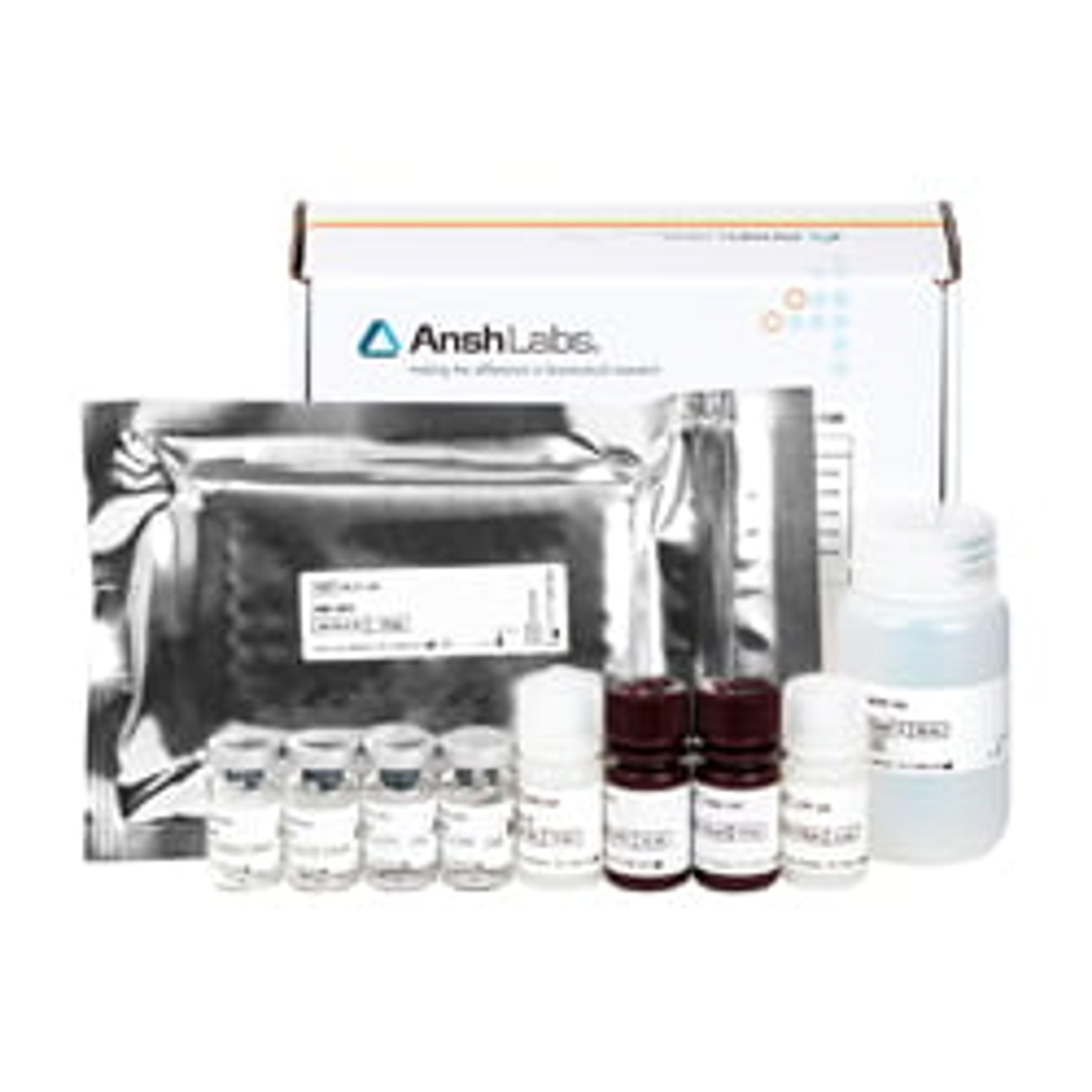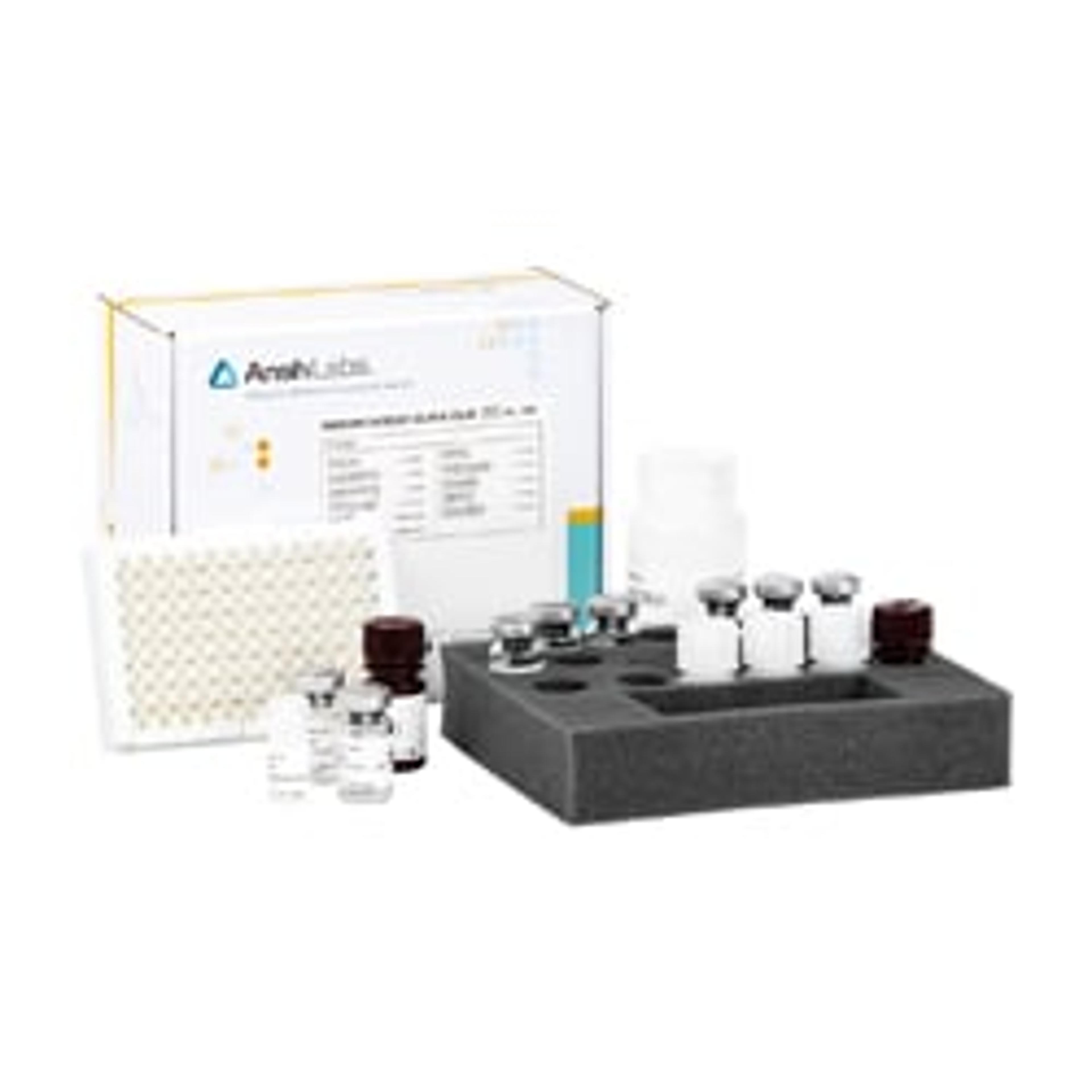The advantages of dried blood spot testing
29 Jun 2020
Dried blood spot (DBS) technology is a very simple and inexpensive technique for collecting drop(s) of whole blood on filter paper. DBS has been in existence for almost 50 years but has gained interest recently due to advancements in technologies that enable sensitive and reliable methods for collecting quantitative data from a drop of blood samples.
Advantages of dried blood spot testing:
- Minimally invasive technique and can be self-collected by finger prick.
- Dried blood inactivates pathogens and lowers the biohazard risk.
- No centrifugation required.
- Few drops (µL) of blood needed.
- Easy to split spots between sites.
- An ideal method for lab animals.
- Small size and can be stacked and shipped by regular mail.
- Stable at ambient temperature if refrigerator space is limited.
- Correlations to serum or plasma samples exceed 95%.
Dried blood spot immunoassays
MenoCheck:
An FDA cleared, novel blood test to help assess a woman’s menopausal status and assists in estimating the time to the final menstrual period. Dried blood spot sampling means that physicians can mail the sample collection devices to the patients that are remote. It also allows for easier serial sample collections and it greatly simplifies the storage, preparation, and transportation of samples. Learn more about the DBS AMH testing and the validation of the DBS AMH ELISA.
Want more of the latest science news straight to your inbox? Become a SelectScience member for free today>>


